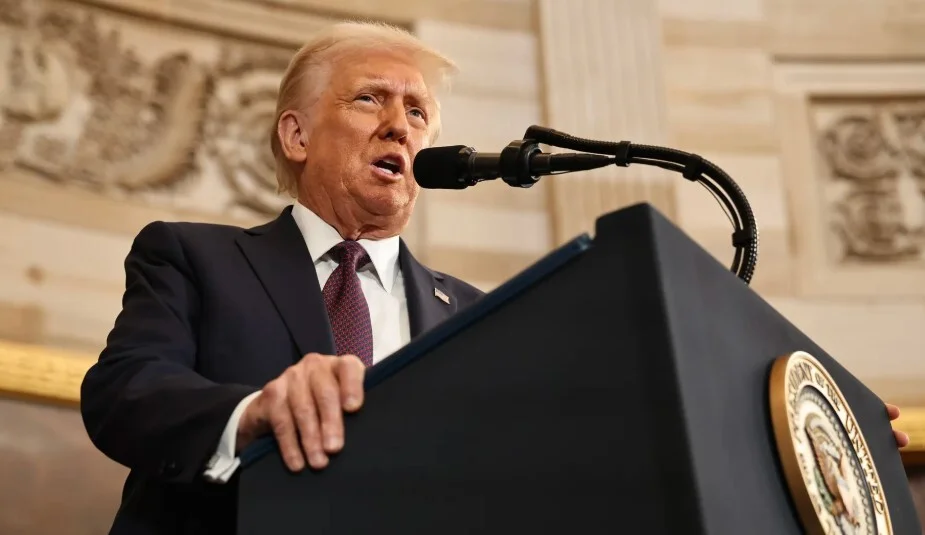President Donald Trump took immediate action to change immigration laws. He signed executive orders on his first day that targeted citizenship laws and border control. These moves have triggered nationwide discussions and legal challenges.
Sweeping Immigration Orders
Trump’s directives sought to redefine birthright citizenship and fortify the border between the United States and Mexico. He signed a declaration authorizing officials to detain migrants and proclaimed illegal immigration a national emergency. To prevent unlawful entry, the policy aims to deport millions of “criminal aliens.”
Eliminating birthright citizenship is a key priority. This proposal would prevent unauthorized migrants’ children born in the United States from automatically obtaining citizenship. However, doing so necessitates changing the Constitution, which requires strong congressional backing.
Proponents of immigration argue that this action contradicts American ideals. Lawsuits have already been launched by organizations like the ACLU, which have deemed the policy irresponsible and unlawful.
Mexican drug gangs were designated terrorist groups by another ruling. Trump used national security and the necessity to defend the United States from alleged threats as justifications for his policies.
Impact on Migrants and Programs
Trump’s orders also demolished Biden-era programs. A vital resource for asylum seekers, the CBP One app, was unexpectedly discontinued. It has decreased border detentions and assisted migrants in scheduling appointments at ports of entry. Thousands of migrants are now stranded as a result of the invalidation of current appointments.
The app was the hope of an estimated 270,000 migrants in Mexico, including families escaping violence. Many people are confused and depressed as a result of its discontinuation. Oralia and her kid are among the many migrants who now face an uncertain future.
A program that let up to 30,000 migrants from Cuba, Haiti, Nicaragua, and Venezuela go to the United States monthly was also discontinued. This action made it even more difficult for people seeking safety to enter.
Outrage and Legal Battles
These proposals have faced substantial opposition from immigration advocacy groups. The Trump administration is accused by organizations of destroying the economy and dividing families. Critics argue that these practices contradict core American values.
A youth-led immigration group called United We Dream voiced concern over widespread raids and deportations. They forewarned of the catastrophic effects on local communities across the country. With a focus on the human cost of these policies, advocacy groups continue to resist.
Trump’s strict immigration policies have rekindled discussions about striking a balance between human rights and national security. His administration’s activities continue to be a contentious issue in the United States, while legal challenges are being heard.
A new age of uncertainty, debate, and opposition in U.S. immigration policy begins with this.
FAQS
How many migrants were impacted when CBP One was shut down?
In Mexico, CBP One was used to book appointments for an estimated 270,000 migrants. Many were left without a clear route to enter the United States as a result of the abrupt termination, which caused confusion and misery, particularly for families escaping violence.
Is it possible to undo Trump’s immigration policies?
Even if Trump’s immigration directives are subject to legal challenges, it might be challenging to overturn them in the absence of a leadership transition. Congress or a new administration would probably need to take action before any significant policy changes could be made.



